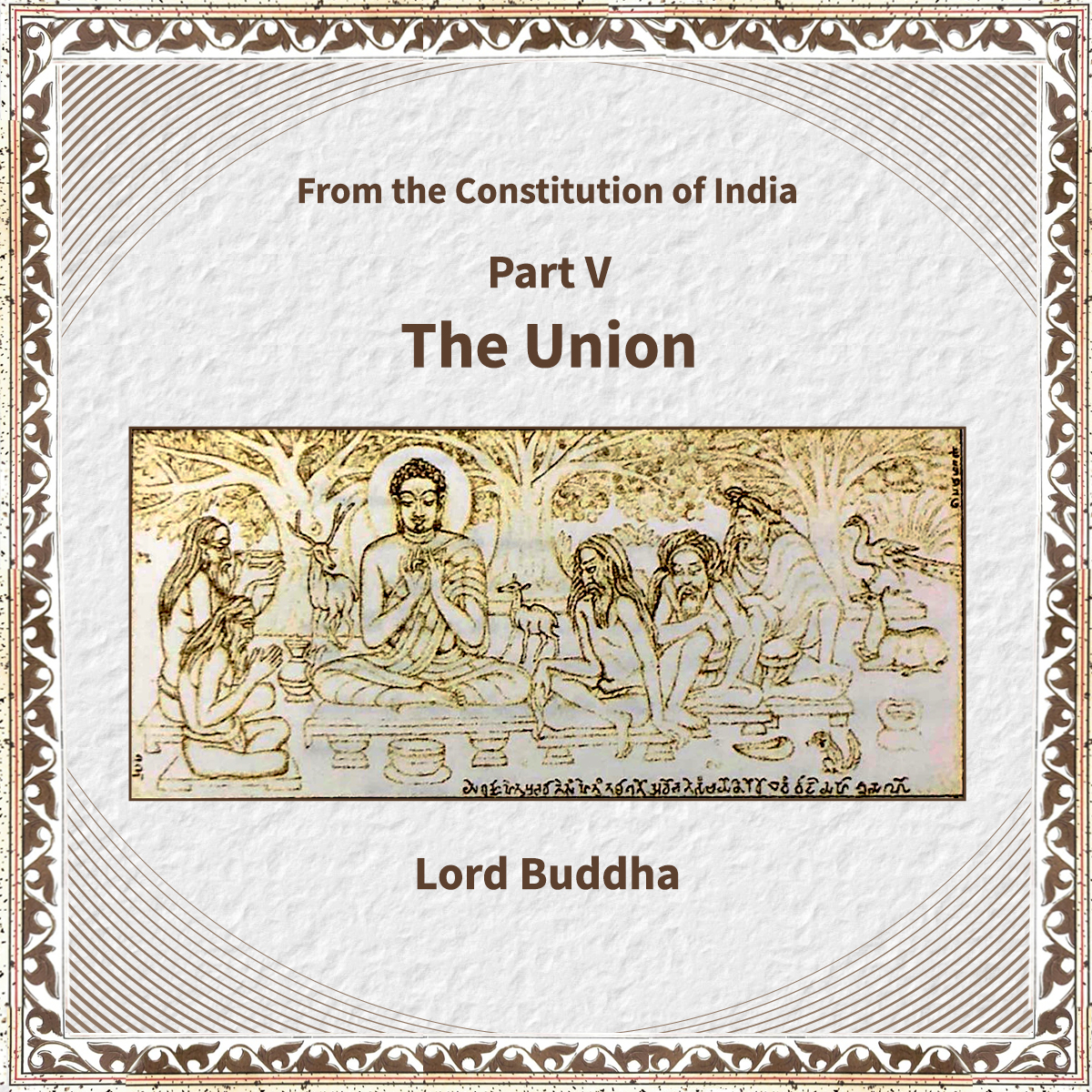Indian Heritage & Culture
Asian Buddhist Conference for Peace
- 25 Jan 2024
- 7 min read
For Prelims: 12th General Assembly of Asian Buddhist Conference for Peace, Headquarters of ABCP, India International Centre for Buddhist Culture, Four Noble Truths, Eightfold Path of Buddha, Gautam Buddha.
For Mains: Convergence of Principles of Good-Governance and Buddhist Teachings, Teachings of Buddha in Navigating Present-Day Challenges
Why in News?
Recently, the Asian Buddhist Conference for Peace (ABCP), a voluntary mass movement of Buddhists in Asia convened its 12th General Assembly in New Delhi.
What are the Major Highlights of the 12th General Assembly of ABCP?
- Theme: ABCP - The Buddhist Voice of Global South, reflects India's commitment, as demonstrated through its G20 presidency and the Voice of Global South Summit.
- India's Commitment to Buddha's Legacy: India was featured as a nation guided by the principles of Buddha.
- Proactive role of India was highlighted in developing the Buddhist circuit and establishing the India International Centre for Buddhist Culture.
- Constitutional Recognition of Buddha's Influence: Emphasis was placed on the depiction of Lord Buddha in the artwork of the Indian Constitution, specifically in Part V, where he is featured in the section on Union governance.
What is the Asian Buddhist Conference for Peace?
- About: ABCP was founded in 1970 at Ulaanbaatar, Mongolia as a voluntary movement of followers of Buddhism with both monastic (monks) and lay members.
- ABCP then emerged as a collaborative effort of Buddhist dignitaries from India, Mongolia, Japan, Malaysia, Nepal, the then USSR, Vietnam, Sri Lanka, South and North Korea.
- Headquarters: Gandanthegchenling Monastery in Ulaanbaatar, Mongolia.
- The Supreme Head of Mongolian Buddhists is the current ABCP President.
- Aims of ABCP:
- Bring together efforts of Buddhists in support of consolidating universal peace, harmony and cooperation among peoples of Asia.
- Furthering their economic and social advancement and promoting respect for justice and human dignity.
- Disseminating the Buddhist culture, tradition and heritage.
How Buddhist Teachings Convergence with Principles of Good-Governance?
- Right View in Policymaking: The Buddha's emphasis on Right View, avoiding distortion and delusion, aligns with good governance principles of transparency, objectivity, and evidence-based decision-making.
- For example, Bhutan's Gross National Happiness index, inspired by Buddhist values, aims to measure public well-being beyond just economic indicators.
- Right Conduct in Leadership: The Buddha's Five Precepts - non-violence, non-stealing, non-lying, non-sexual misconduct, and non-intoxication - can be interpreted as ethical guidelines for public officials.
- Compassionate Governance: The Buddha's core teaching of compassion encourages leaders to consider the needs and suffering of all citizens, not just certain groups.
- For example, initiatives like universal healthcare or fair taxation policies reflect an attempt to govern with compassion in mind.
- Dialogue and Nonviolent Conflict Resolution: The Buddha's emphasis on Right Speech and Right Action promotes respectful communication and nonviolent solutions to conflict.
- This can be applied in international diplomacy, interfaith dialogue, and even within internal political debates.
How Teachings of Buddha Can Help in Navigating Present-Day Challenges?
- Compass for Ethical Uncertainty: In an age marked by ethical uncertainty, Buddha's teachings provide a path of sustainability, simplicity, moderation, and reverence for all life.
- The Four Noble Truths and Eightfold Path serve as a transformative roadmap, guiding individuals and nations towards inner peace, compassion, and non-violence.
- Mindfulness in a Distracted World: In an age of constant digital bombardment, the Buddha's emphasis on mindfulness is more poignant than ever.
- Practices like meditation help us navigate information overload, reduce stress, and cultivate focused attention in a scattered world.
- Compassion in a Polarised Society: With rising social and political tensions, the Buddha's teachings on compassion and understanding offer a critical antidote.
- His emphasis on recognizing the interconnectedness of all beings encourages empathetic communication and constructive conflict resolution.
- The Middle Way in an All-or-Nothing Culture: The Buddha's concept of the Middle Way, avoiding extremes of indulgence and denial, resonates in our consumerist society.
- It encourages mindful consumption, finding balance between personal desires and responsible living.
UPSC Civil Services Examination, Previous Year Question (PYQ)
Prelims
Q. With reference to the religious history of India, consider the following statements: (2020)
- Sthaviravadins belong to Mahayana Buddhism.
- Lokottaravadin sect was an offshoot of Mahasanghika sect of Buddhism.
- The deification of Buddha by Mahasanghikas fostered Mahayana Buddhism.
Which of the statements given above is/are correct?
(a) 1 and 2 only
(b) 2 and 3 only
(c) 3 only
(d) 1, 2 and 3
Ans: (b)
Q. With reference to the religious history of India, consider the following statements: (2016)
- The concept of Bodhisattva is central to the Hinayana sect of Buddhism.
- Bodhisattva is a compassionate one on his way to Enlightenment.
- Bodhisattva delays achieving his own salvation to help all sentient beings on their path to it.
Which of the statements given above is/are correct?
(a) 1 only
(b) 2 and 3 only
(c) 2 only
(d) 1, 2 and 3
Ans: (b)
Mains
Q. Pala period is the most significant phase in the history of Buddhism in India. Enumerate. (2020)








